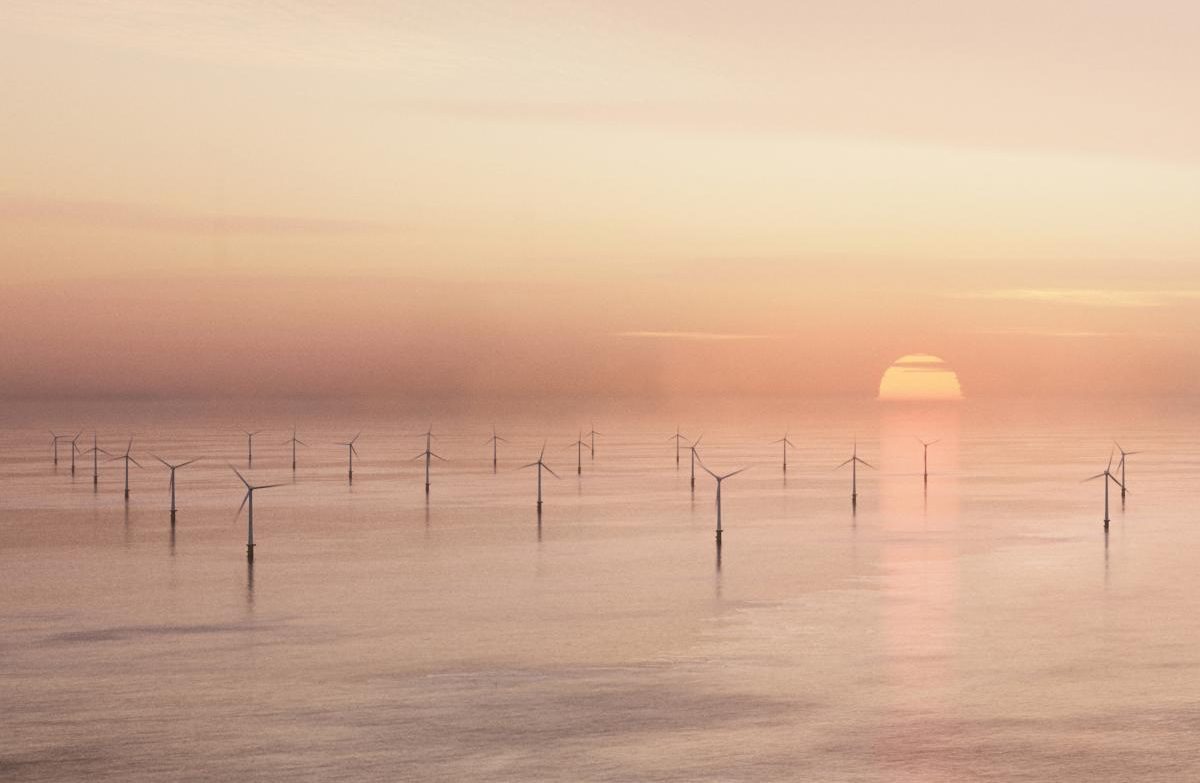Energy Islands in the North Sea: The Future of Europe’s Energy?

Denmark goes one step further from offshore power generation sites and pioneers with so-called energy islands.
Billboard
Skyscrapper
Halfpage
European countries bordering the North Sea are aiming to quadruple offshore wind energy capacity by the end of the decade. But offshore power generation sites alone are not enough to achieve this: Denmark is leading the way with so-called energy islands. They will connect different sites for maximum impact.
Wind Farms – a transnational approach
In April 2023, energy ministers from countries with a North Sea coast including Germany, France, the Netherlands, Norway, and the United Kingdom committed to building wind farms and developing energy islands. These islands are connected offshore green power generation sites. In addition, the ministers declared they would launch products to produce renewable hydrogen at sea. The idea is to end Europe’s reliance on Russian fossil fuels in light of Russia’s aggression against Ukraine and energy blackmail against Europe.
The summit on North See green energy took place in Ostend, Belgium. Ministers from Belgium, Ireland, and Luxembourg also joined, resulting in a total of eight countries. Together, they are aiming for a combined 120 gigawatts of North Sea offshore wind capacity by 2030. By 2050, this number will be more than doubled to reach 300 gigawatts. Currently, these nine countries have around 30 GW of offshore wind power.
Each country has set individual aims. By 2030, the United Kingdom wants to achieve 50 GW of offshore wind, while Germany plans for 26.4 GW and the Netherlands for 21 GW. Belgium, Denmark, Germany, and the Netherlands also want to join forces by forming a cluster of energy islands. And Germany will launch pilot projects to produce hydrogen at offshore facilities with renewable energy.

Belgium is aiming for an energy island by 2030
Europe’s current offshore wind farms are nearly all connected to the energy system through subsea power cables. They run from each wind farm back to the “mother country”. The idea of energy islands means that the transmission of the energy the produce will be centralised. Connected islands will help improve energy flows between Europe’s countries.
Belgium and Denmark already announced in 2022 that they will connect their offshore electricity grids. This will work by connecting the new energy islands with a subsea cable in the North Sea. To that end, Belgium will start building an energy island in 2024 in the Princess Elisabeth Zone, which will amount to 3.5 GW of new offshore wind power. The island will take a modular form that is extendable over time. New wind farms will connect to the energy island. In turn it will connect to the mainland with a single set of cables.
At the same time, the island will connect to Denmark’s new North Sea Island, while also serving as the landing point for the new interconnector that Belgium might build to the UK. Part of the funding for Belgium’s island will come from the European Recovery & Resilience Fund. It will be built between 2026 and 2030.

Denmark will pioneer energy islands as hubs
Denmark plans on having an energy island in the North Sea up and running by 2030. It will supply 3-4 GW of energy with a long-term expansion potential of 10 GW. At the same time, the country is also planning on making Bornholm an energy island with a supply potential of 3 GW of energy. Together, these two Danish energy islands will have 5-6 GW of new offshore wind farms connected to them. The country is expecting to be the first one with energy islands in place to exploit the immense wind resources in the North and Baltic seas.
According to the Danish Energy Agency, the offshore wind turbines around the islands will supply renewable electricity that can power at least five million households. The islands will mark a new era for the generation of energy from offshore wind, creating a green energy supply for both Danish and foreign electricity grids. They will also play a key role in the phasing-out of fossil fuel energy sources in Denmark and Europe.
An important advantage of energy islands is that wind turbines can be placed further away from the coast, distributing power between several countries more efficiently. The islands serve as hubs and green power plants, gathering electricity from nearby offshore wind farms and distributing it to the electricity grid in Denmark and other countries. This will give households and businesses access to green electricity, routing it to areas that need it most while also using the generated energy as efficiently as possible.

Energy islands: the key to Europe’s future energy system?
The Netherlands and Germany are also working on energy islands in the North Sea. There are plans for an island on the Dogger Bank built by Danish, Dutch, and German companies. It could be ready for operation in early 2030. This North Sea Wind Power Hub might also get connected to the UK, Belgium, and Norway.
Energy islands will play an important role in Europe’s future energy system. They will not only contribute renewable and independent energy, but they can also host equipment to enable the system integration of offshore generation and storage into the high voltage grid. And they are able to convert wind power to renewable hydrogen, while also providing energy storage facilities. This, in turn, will further help to align offshore wind with onshore energy demand. Placing this infrastructure on islands minimizes the number of onshore landing points for energy produced at sea.
According to WindEurope CEO Giles Dickson, “Energy islands will become a reality soon. And they’ll be incredibly useful in helping integrate offshore wind in the energy system and improving energy flows between countries.”











